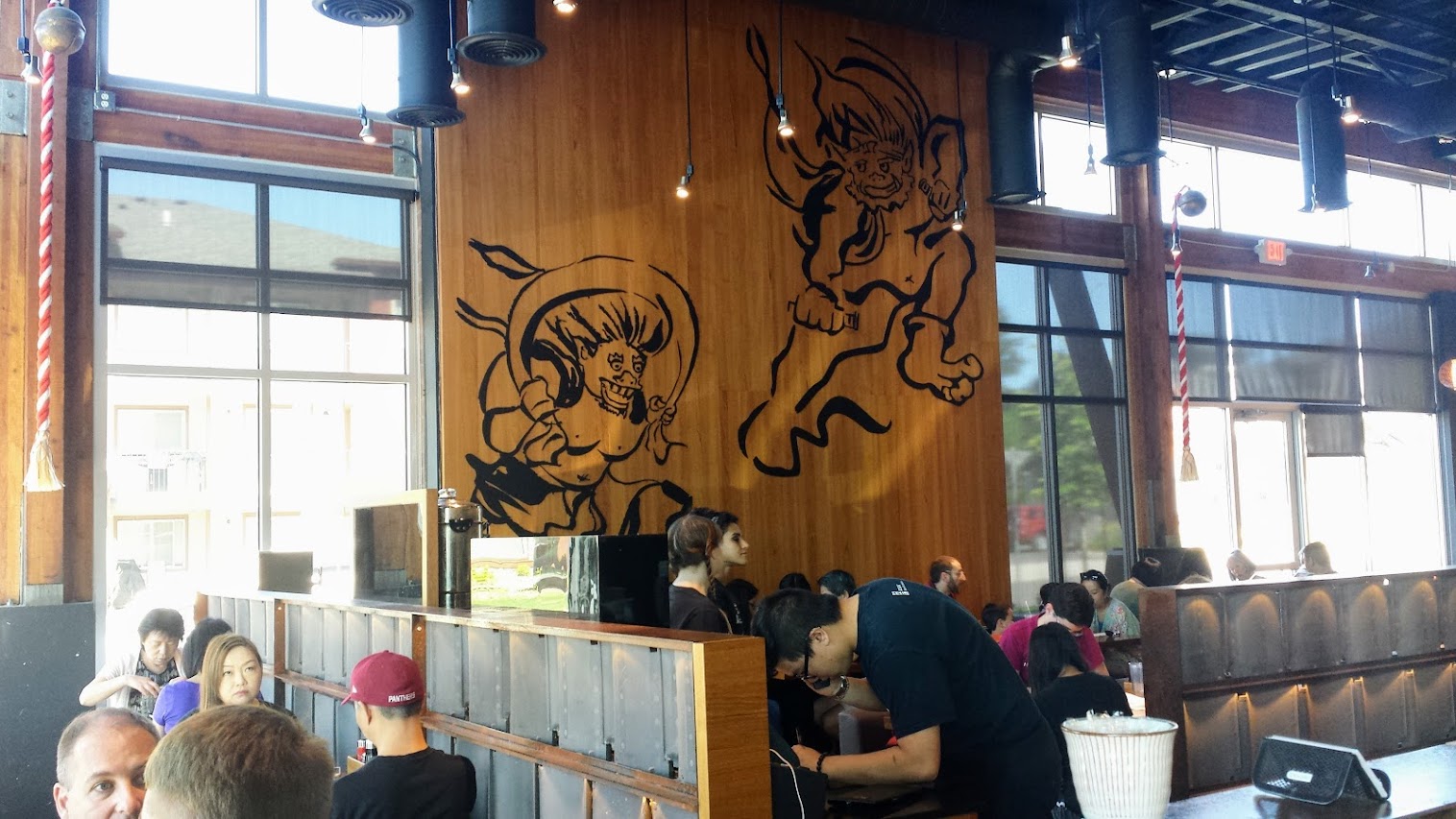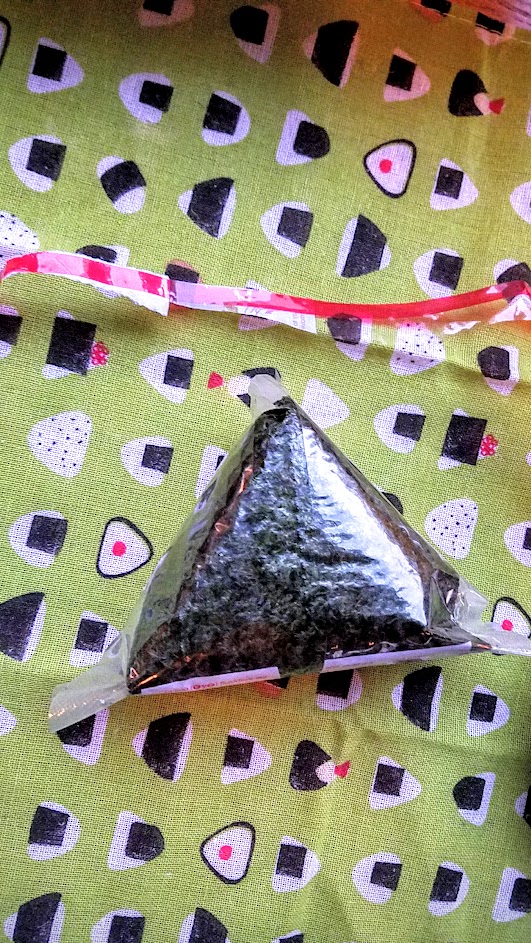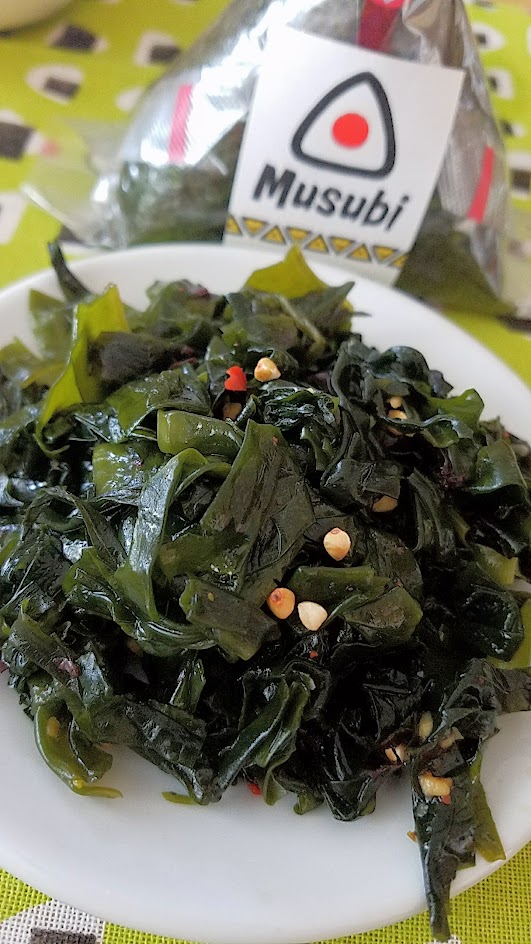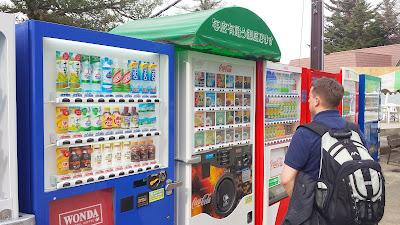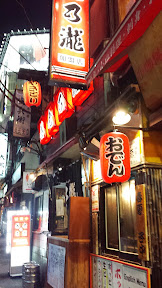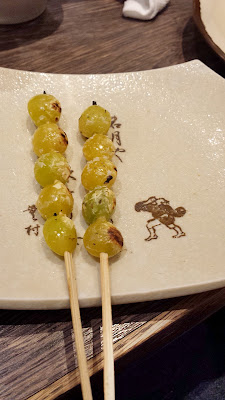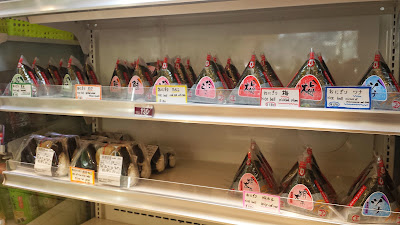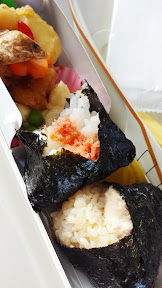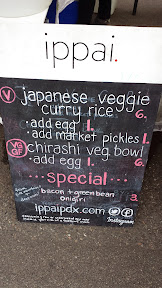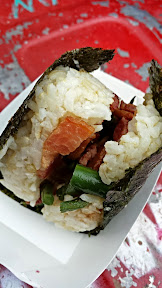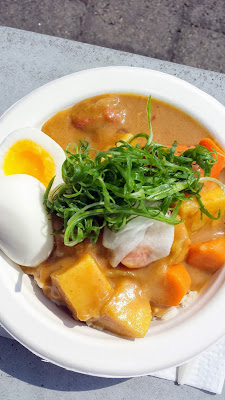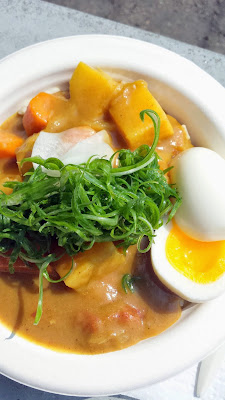I was blessed a few months ago to winning an Instagram contest Giraffe Goods was holding in the spring for photos of cherry blossoms. Because of my schedule I wasn’t able to claim my prize – a picnic for two with their Japanese grab and go deli food – until recently. I added some additional items that I purchased to my prize to fill out my picnic (as well as using my own blanket and plates and a few toys I had), and here is the delicious result of a picnic with Giraffe Goods.
If you are looking for items to put together a picnic on the beach, after a hike, or just at the park, I can’t highly recommend this enough as a unique selection. Giraffe Goods is located inside the international home goods store, Cargo. You can also find some of Giraffe Good’s products inside Sterling Coffee Roasters and Bar Norman.
Probably the most famous offering that Giraffe Goods offers are their sandwiches. They offer an egg salad sandwich, katsu sandwich, or get a combo of half of each.








